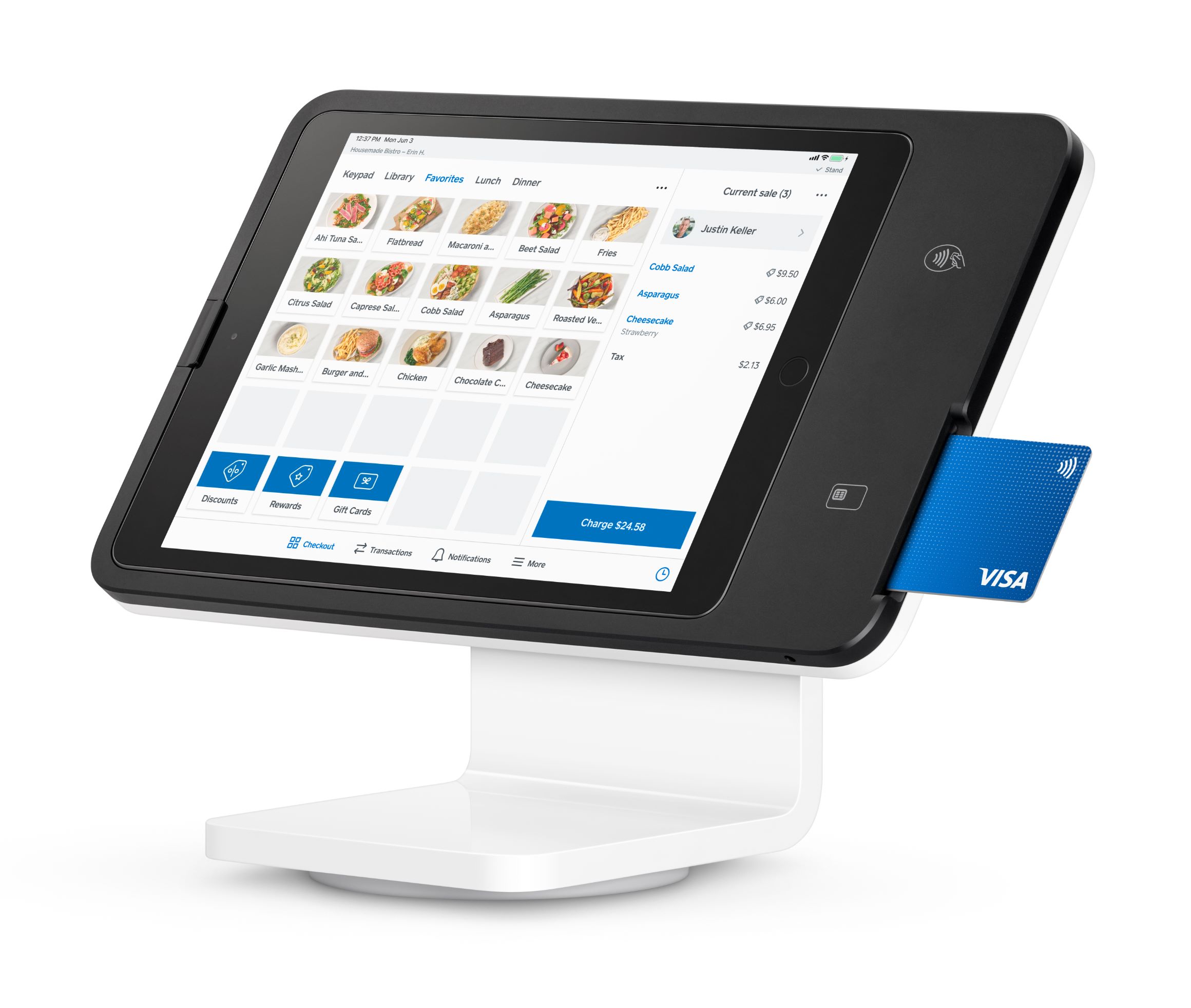

Finance
Point-to-Point Encryption (P2PE) Definition
Published: January 8, 2024
Discover the meaning of Point-to-Point Encryption (P2PE) in the world of finance. Optimize your security measures and safeguard sensitive financial data.
(Many of the links in this article redirect to a specific reviewed product. Your purchase of these products through affiliate links helps to generate commission for LiveWell, at no extra cost. Learn more)
Understanding Point-to-Point Encryption (P2PE): Enhancing Security in Financial Transactions
In today’s digital age, ensuring the security of financial transactions is of paramount importance. With cyber threats on the rise, businesses and consumers alike need to have peace of mind that their sensitive information is protected. This is where Point-to-Point Encryption (P2PE) comes into play. In this blog post, we will explore the definition of P2PE and discuss how it can enhance security in financial transactions.
Key Takeaways:
- P2PE is a security measure that encrypts sensitive data during the entire transaction process.
- Implementing P2PE can minimize the risk of data breaches and unauthorized access to financial information.
The Definition of Point-to-Point Encryption (P2PE)
Point-to-Point Encryption (P2PE) is a method used to secure financial transactions by encrypting sensitive data from the point of entry (e.g., card reader, website form) all the way to the point of processing. It ensures that data remains encrypted throughout the entire transaction process, providing an additional layer of security against potential threats. P2PE helps safeguard financial information such as credit card numbers, passwords, and personal identification details from unauthorized access or interception.
How Does Point-to-Point Encryption (P2PE) Work?
The P2PE process involves several steps to ensure the secure transmission of sensitive information. Here is an overview of how it works:
- Data Encryption: P2PE encrypts the data at the point of entry, such as a card reader or an online form. This encryption process converts the information into unreadable, scrambled code.
- Secure Transmission: The encrypted data is then transmitted securely through a network to the designated payment processor or financial institution. This transmission employs various secure channels, such as secure socket layer (SSL) or transport layer security (TLS) protocols.
- Decryption at Destination: Once the encrypted data reaches its destination, it is decrypted using a unique decryption key. This key is generally held by the intended recipient, such as the payment processor or financial institution.
- Secure Processing: After decryption, the sensitive information is processed securely, with the necessary authorization and authentication checks.
By implementing P2PE, businesses can significantly reduce the risk of data breaches and unauthorized access to financial information. The encryption and secure transmission of data make it extremely challenging for cybercriminals to intercept or decipher the information exchanged during a financial transaction.
The Benefits of Point-to-Point Encryption (P2PE)
Why should businesses consider implementing P2PE for their financial transactions? Here are some of the key benefits:
- Enhanced Security: P2PE provides an added layer of security by encrypting sensitive data at the source and maintaining encryption throughout the entire transaction process.
- Reduced Risk of Data Breaches: By encrypting data from the point of entry, P2PE minimizes the risk of data breaches and protects valuable customer information.
- Fulfilling Compliance Requirements: P2PE can help businesses comply with industry regulations and standards, such as the Payment Card Industry Data Security Standard (PCI DSS).
- Consumer Confidence: Implementing P2PE can instill trust and confidence in customers, knowing their financial information is being transmitted and processed securely.
In conclusion, Point-to-Point Encryption (P2PE) is a vital security measure that businesses should consider implementing to protect sensitive financial information. By encrypting data from the point of entry to the point of processing, P2PE enhances security, reduces the risk of data breaches, and instills confidence in customers. As cyber threats continue to evolve, implementing P2PE becomes even more essential in ensuring the security of financial transactions.














